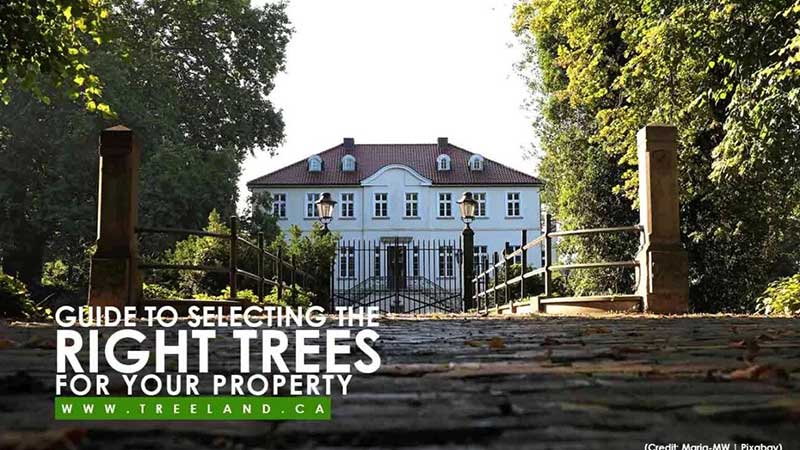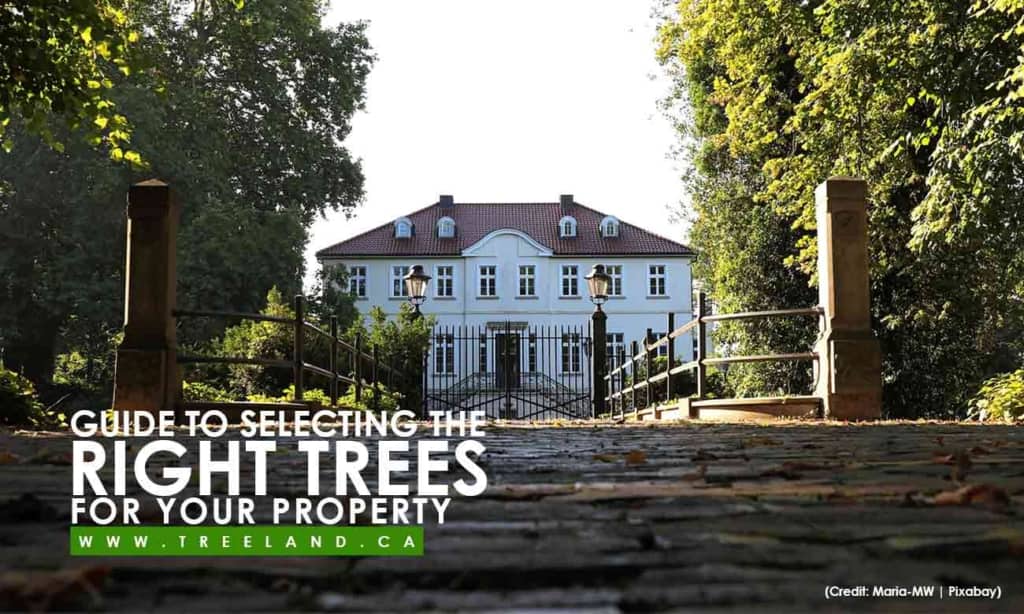
Trees are essential to human life. They provide wonderful environmental and economic benefits wherever they are planted. However, not all sites and climates are suitable for growing certain tree varieties. This makes careful selection an indispensable aspect when it comes to landscaping decisions.
Matching the species to a potential planting site is key to choosing a suitable tree. Homeowners must learn the basics of this process and the entire selection method, as these factors can impact the growth of the tree throughout its lifetime.
This handy tree selection guide will help make the decision process easier.
Which Trees Should I Plant?
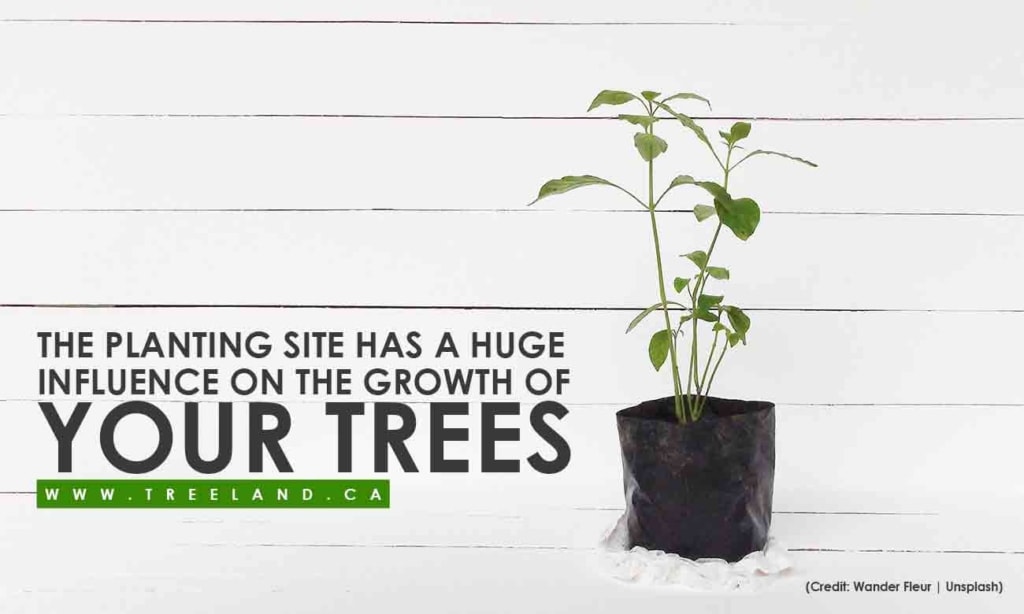
Before you set out to find the answer and explore your options, there are several factors you must consider first. These include:
-
-
- The reason why you want to plant a tree
- The purpose they will serve on your property
- Size (small, medium or large) of trees your property and location could accommodate
- Whether your property is well-suited for large trees (Are there underground or overhead utilities that might interfere with the growth of the tree?)
- Clearance requirement for patios, driveways, and sidewalks
- Soil conditions (Can your soil support the growth of mature trees?)
- After-planting maintenance (Who will water, nourish, and prune the trees?)
-
Know What Role Your New Tree Would Play
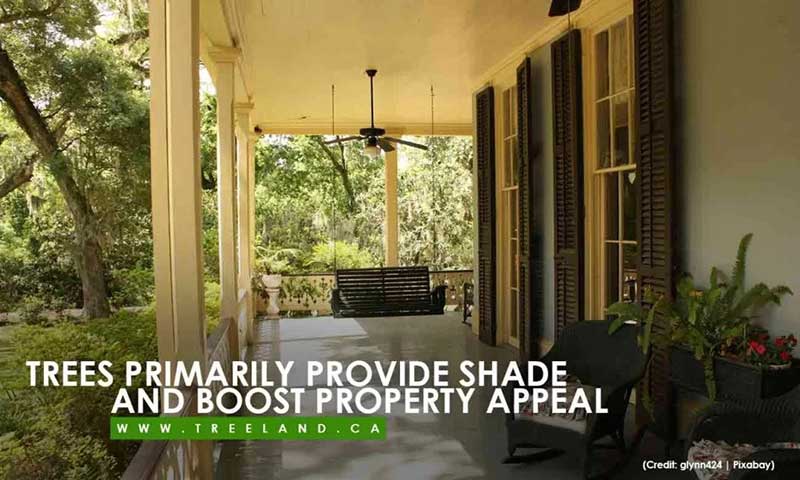
Why do you want or need trees on your property? Are you looking for low-maintenance trees or fast-growing ones, trees that are ornamental or those that serve a more practical purpose? When you identify the foremost reason you need an additional tree, it becomes easier to narrow down your options.
Below are the common types of trees and the value they can add to your property:
-
- Deciduous shade trees – When they shed off their leaves come fall, they help provide a cool atmosphere after months of summer warmth. They let in sunlight during winter.
- Large trees – Lush and healthy large landscaping trees accent your property and make the exterior look more pleasant. These trees are a great option if you’re planning to sell your house and attract buyers.
- Ornamental trees – If you’re aiming to beautify your property and make it more aesthetically pleasing, ornamental trees are the way to go. Ornamentals are often seen in parks, gardens, and urban landscapes.
- Evergreens – Evergreen trees are dense with foliage throughout the year which is perfect for when you want a windbreak or a layer of privacy for your home.
- Fruit-bearing trees/shrubs – These plants help provide fruit for food for you and wildlife during certain times of the year.
- Street trees – If you want trees that protect your home from pollutants and pavement glare, help minimize runoff or supply more oxygen, street trees are your best bet.
Consider a Tree’s Form and Size
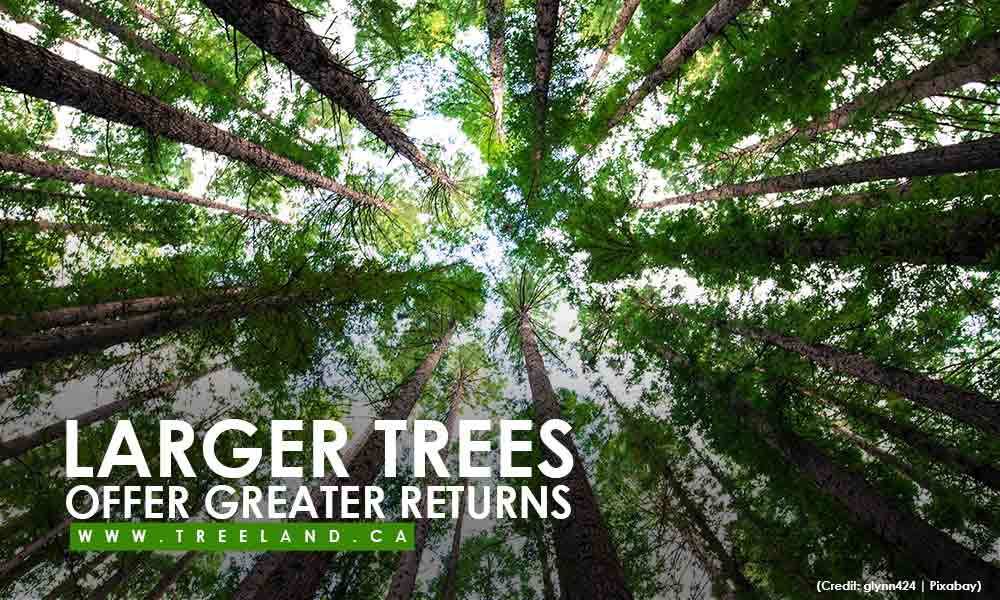
In terms of choosing the right trees, a tree’s form has significant contributions to its function. This means you need to consider the shape of your tree with respect to its purpose on your property. Doing so can lower maintenance costs. It enhances the value of the tree to your overall landscape as well. Practically, larger tree varieties offer greater environmental and economic returns.
There are hundreds of trees with diverse forms and sizes. Take into account existing site restrictions before you could even get the seedlings. Shorter and spreading trees are suitable for locations with overhead utility lines. Evergreens that are narrow and columnar can serve as a screen between buildings.
Asses Site Conditions Carefully
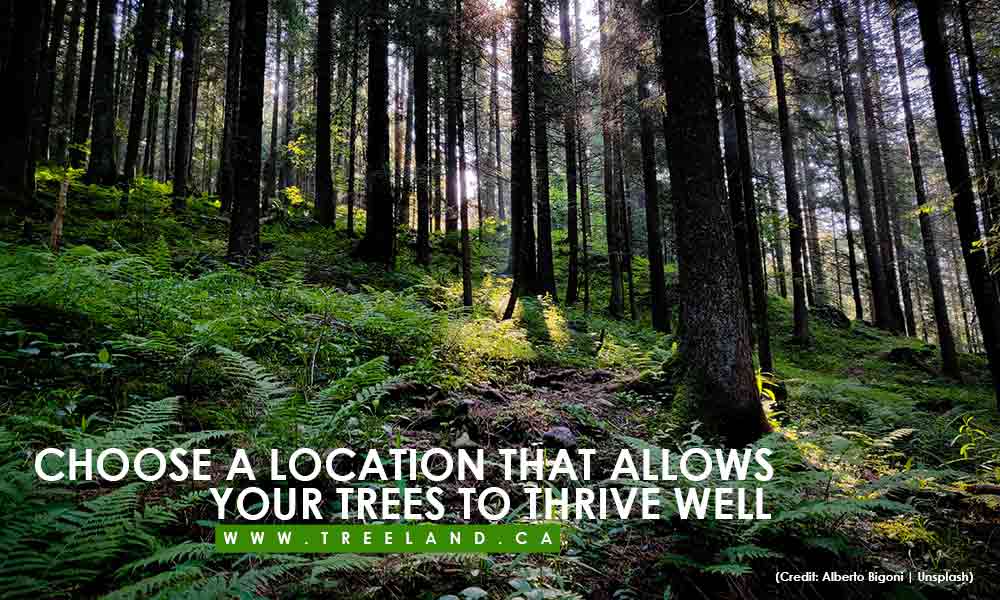
Central to sustainable tree growth and survival are the conditions of the site where it is planted. Where you plant your tree is as important as your tree choice, so keep these things in mind when matching a tree to its location:
-
- Soil condition
Subdivisions and urban areas usually have shallow and compacted soil. It’s also exposed to drought. Extra care and maintenance is needed for trees planted these soil conditions can be tough for them. Understanding the state of the soil in your property allows you to select the best trees for garden landscaping.
For an in-depth evaluation of your soil, have an arborist test your soul for texture, salinity, fertility, and pH levels. Results from this test will help you know if your garden is suitable for trees.
-
- Drainage
Oxygen is vital for tree roots to grow and mature. However, poor drainage can reduce the amount of oxygen that the roots can get. This can eventually lead to the death of a tree. You can contact an arborist in your area to get advice on how to address drainage problems.
-
- Exposure
Together with oxygen, sunlight is another element that should be factored in when matching a tree to a certain location. Woody plants need an abundance of sunlight to grow and bear flowers. Some woody plants don’t have trouble growing in minimal shade.
Exposure to wind is also one factor you should look into. Wind can dry soils, affect tree crowns, and even damage seedlings.
-
- Hardiness
Hardiness refers to the ability of a plant to survive in harsh temperatures in a location where it is planted. Trees can be classified as heat tolerant, cold hardy, or both. Identify which hardiness zone your property is in so you can choose the best trees to plant near and around your house.
-
- Space restrictions
You may encounter various factors that can restrict the planting space for your landscaping trees. These include buildings, visibility, pavement, underground/overhead utilities, and other trees in the area. Before you proceed with choosing your trees, ensure there’s enough room for your trees to grow above and below the ground.
-
- Pest problems
Certain pests are attracted to certain trees. This degree of pest problems can differ from one location to another. Some pests don’t necessarily endanger the life of a tree.
However, you still need to make sure that the trees you choose are resistant to possible pest issues common in your area. You can get in touch with your local arborist or tree consultant to learn more about the pest species in your location and their impact on specific trees.
-
- Human activity
Other than the factors mentioned above, certain human activities often have a direct impact on a tree’s growth. In urban areas, activities like underwatering or overwatering, soil compaction, and vandalism are among the top causes of tree deaths. Planting the wrong tree in the wrong location is also one.
Choose a Healthy Plant
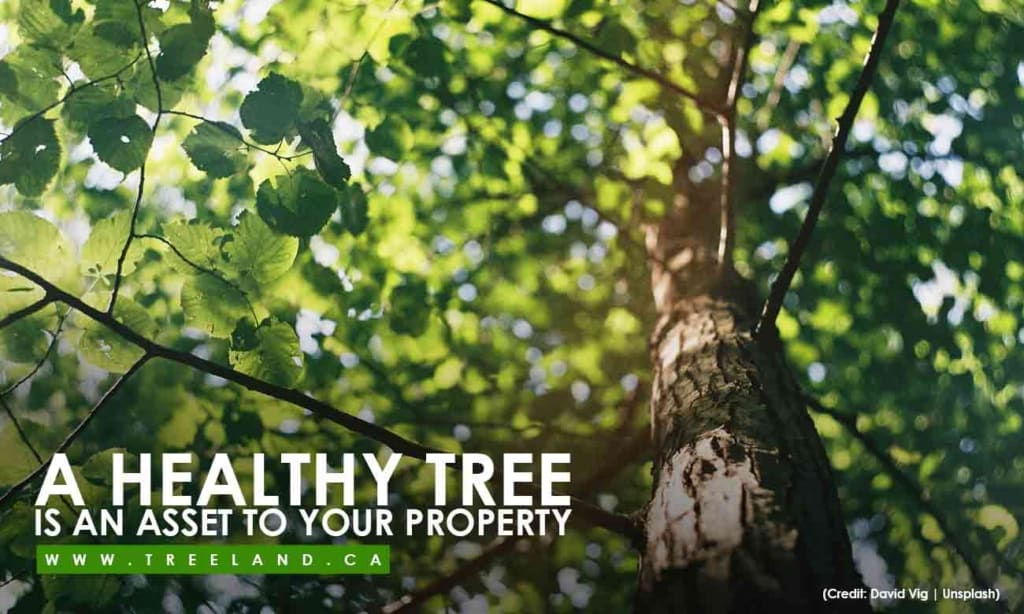
Healthy plant choice starts with buying at a reputable tree farm. Search for vibrant plants and well-experienced staff.
Here are some tips:
-
- Look for trees with even branches, a strong, stable trunk. There should only be one central leader.
- Pick shrubs that are symmetrical without gaping spaces.
- Avoid broken branches on both plants. These can lead to insect damage and disease.
- Avoid trees and shrubs with wilted and/or damaged foliage.
- The colour is appropriate for the season.
- Avoid pot bound roots if in containers.
- Make sure there is no evidence of insects or disease.
Choosing the ideal tree and shrub for your yard can be daunting but with the right tree supplier, you can guarantee that you are adding value to your landscape investment. If you’re ready to choose trees for landscaping, contact Caledon Treeland. Call us at (905) 880-1828 and we will assist you in finding the perfect addition to your garden.

